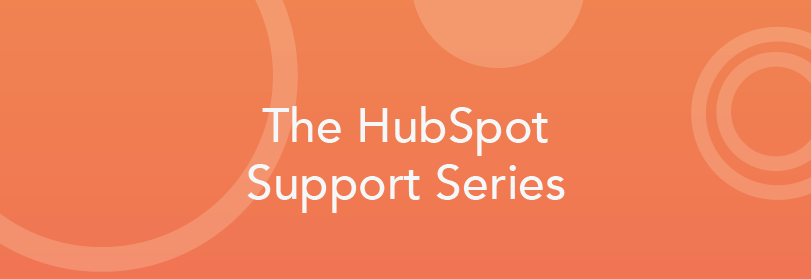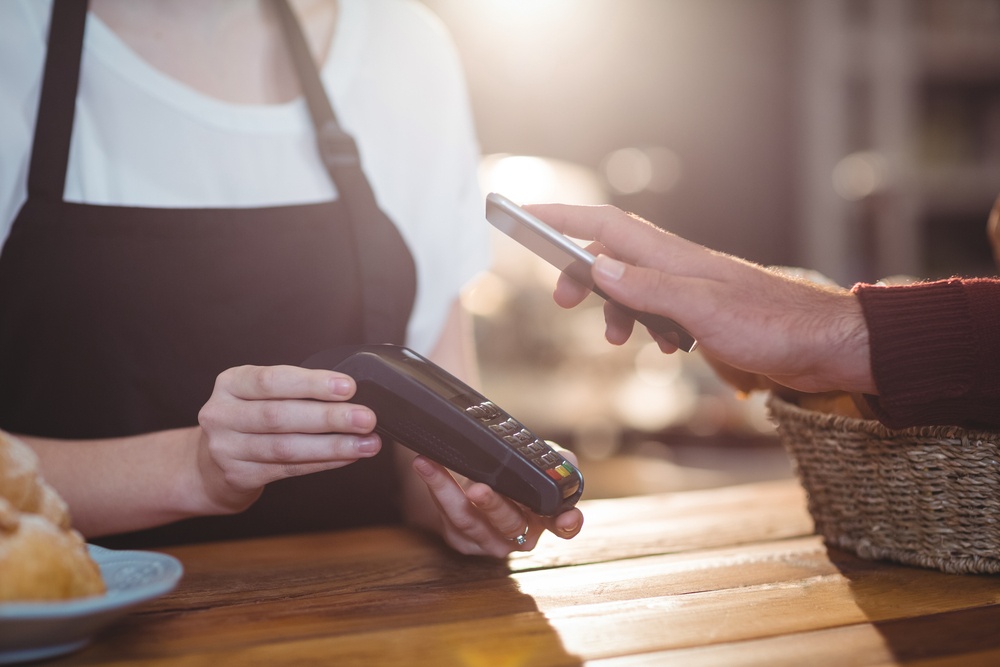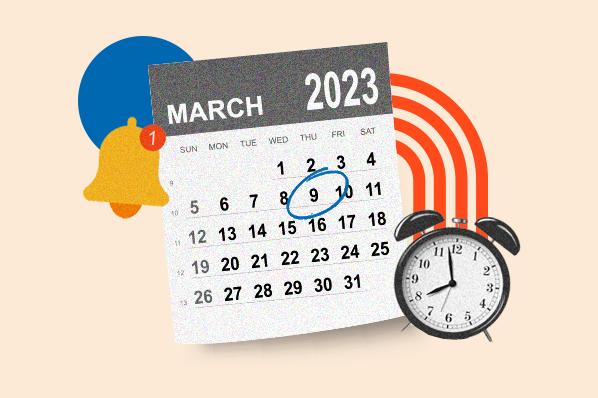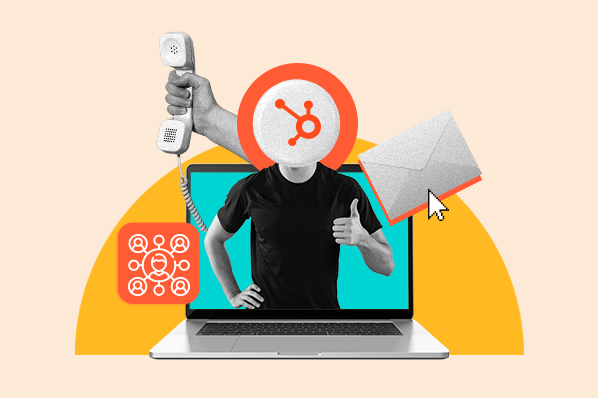Your business is a unique snowflake, and sometimes the cookie-cutter solution just doesn't tick every box on your list. If you've ever used a form in HubSpot, you've probably noticed the Form Notifications Email feature. It's the simplified, quick way to send internal emails to your team whenever a visitor fills out a form on your website. This feature is perfect if you need a cut-and-dried way to send form submissions to your inbox with minimum set-up, but what if your team needs a more customized, personalized form notification system?
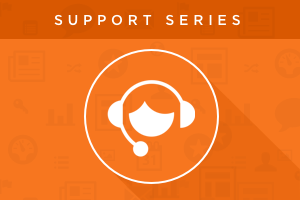
Enter the workflow. You can harness the power of this automated marketing workhorse to send perfectly tailored form notification emails. It can suit even the most discerning marketing department's needs. We know you're special! We want to help you send some special form notification emails.
1. Set up the workflow starting criteria
First thing's first: the workflow starting criteria. The starting criteria will determine which contacts trigger your workflow's actions. Start by creating a standard workflow in your Workflows Tool (Contacts > Workflows).
For the starting criteria, select "Form Submission" from the list of available criteria. You will then have the option to select the form you want to use for custom notification emails.

You can leave your criteria like this and it will trigger the workflow whenever the form is submitted. But what if you want notification emails to go to different people depending on other criteria? For example, what if you want form submissions by contacts who list their city as "Boston" to notify a specific email address, and form submissions by contacts who list their city as "London" to notify a different address? This is where you have the chance to add another piece of criteria to customize who exactly receives your form notification emails.

Click on "and..." beneath your form criteria to add an additional specification for contacts who trigger this workflow. You will need to create individual workflows for each added specification. Going back to my example of differentiating by city, you would need to create a workflow for the contact property "Boston" and a workflow for the contact property "London." Here is an example of how the starting criteria would look for one of those workflows:

Once you have your starting criteria sorted, click "Add action/delay." From the dropdown menu for "Select an action," pick "Send Internal Email."

When the options pop up for sending an internal email, the first thing you want to click is "Create Email."

2. Build the custom email
This will take you to the familiar "Create a new Email" screen. Select the email template you want to use, give your internal email an internal name, and click that green "Create" button.
With conventional form notification emails, you don't have the ability to edit anything about the styling or content. With this custom internal email, you have all the flexibility of a normal automated email to design, format, and alter the content to your heart's content.
One of the most exciting things about using a custom internal email in place of conventional notifications is the ability to include additional information about your new contact besides just the information they submitted on the form. Usually, form notifications include just the information that they contact submitted on the form, but what if your team also needs to know more about this contact without having to log into HubSpot? By using personalization tokens in this custom internal email, we can make sure your team gets all the info they need, right in their inbox.
First, set up your email to include spaces for all the contact property information you want to include in this email:

Click into the email body where you want the value for the contact property field to be populated, and then navigate to Insert > Insert Personalization Token within the rich text module menu. Select the contact property you wish to display.

Add contact personalization tokens for each property you want to display in the internal notification email. Usually, contact personalization tokens display the information of the recipient of the email; when you include personalization in internal emails, however, the tokens will automatically refer to the contact who triggers the workflow, not the recipient.

Once your personalization tokens are added, add the rest of your required email information and click "Save for automation" in the upper right corner of the email editing screen. After you save the email for automation, you will be automatically redirected back to the workflow you're working on.
3. Choose the recipient(s) of the notification
In the internal email step, click into the dropdown menu for "Select notification Email" and select the internal name of the email you just created.
To send the email to a specific email address, make sure the bubble next to "Enter email address" is selected, and enter the email address into the box. The email address you enter does not have to be a user in your HubSpot portal. If you want to send a notification to multiple email addresses, you will need to add them one at a time, each in their own “Send an Internal Email” step on the workflow.

To send the email to a specific email-based contact property, such as HubSpot Owner, select the bubble for "Use an email property" and choose your email-based property. This will send the internal email to the HubSpot Owner of the contact who triggered the workflow. This is a useful setting if you want to notify HubSpot Owners whenever one of their contacts fills out a form.

When you’re ready to rock and roll with your new form notifications, just toggle the OFF button in the upper left corner of your workflow to ON. The next time a contact fills out your form, your custom notifications will be set to hit your inbox with style!


![How to Size Images for Your Blog Content [HubSpot Support Series]](https://53.fs1.hubspotusercontent-na1.net/hubfs/53/375_Size%20Images.png)
![Creating a Custom Date-Based Property Report [Support Series]](https://53.fs1.hubspotusercontent-na1.net/hubfs/53/Support/HubSpot%20Support%20Series%20Horizontal-603978-edited.png)
![Mastering Media Queries [Support Series]](https://53.fs1.hubspotusercontent-na1.net/hubfs/53/Support/Support%20Series%20User%20Blog%20folder%20copy%202.png)

